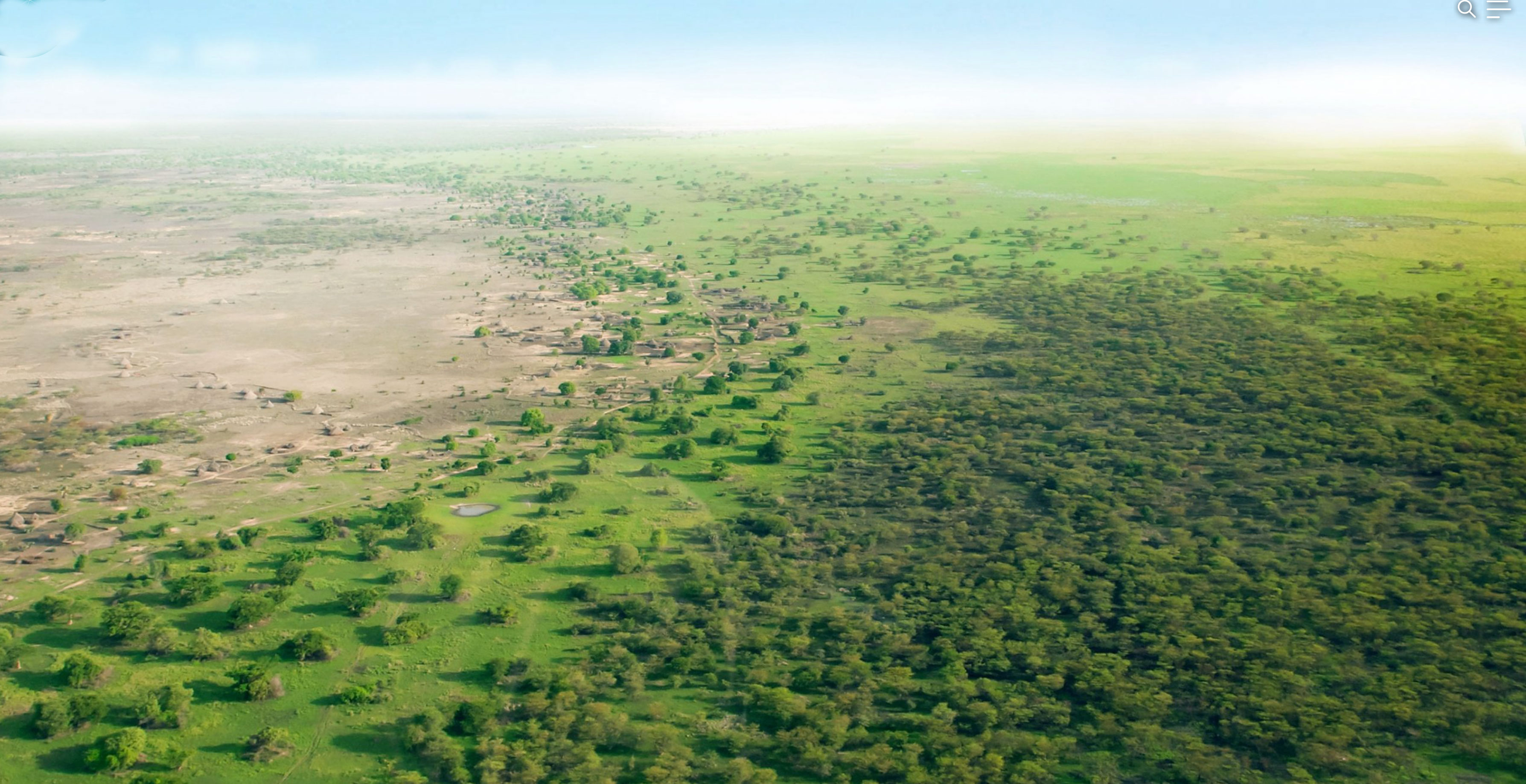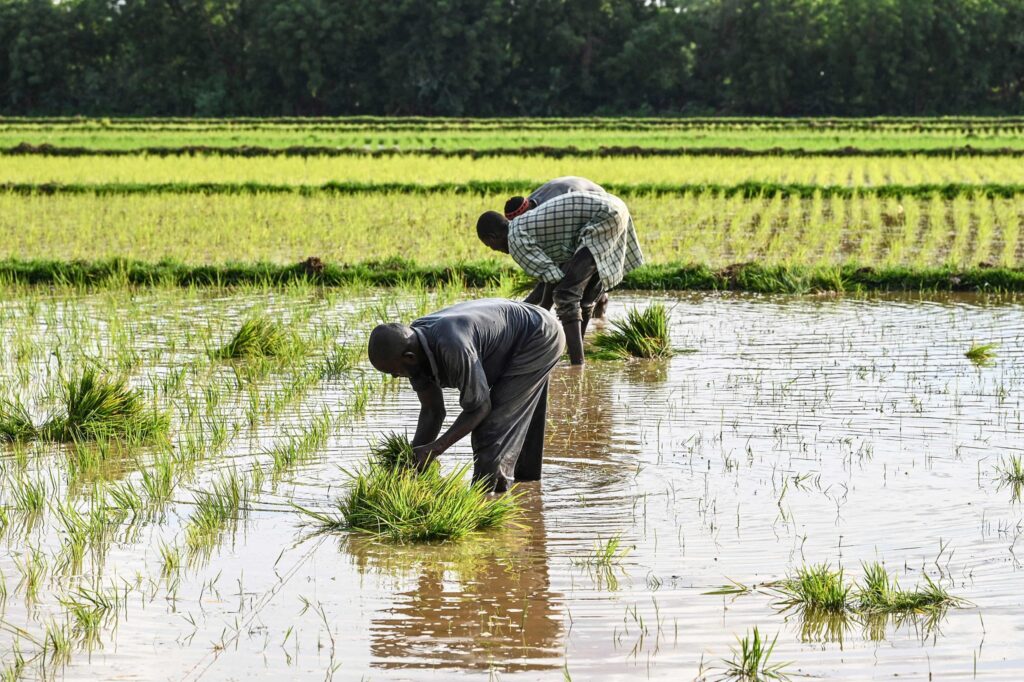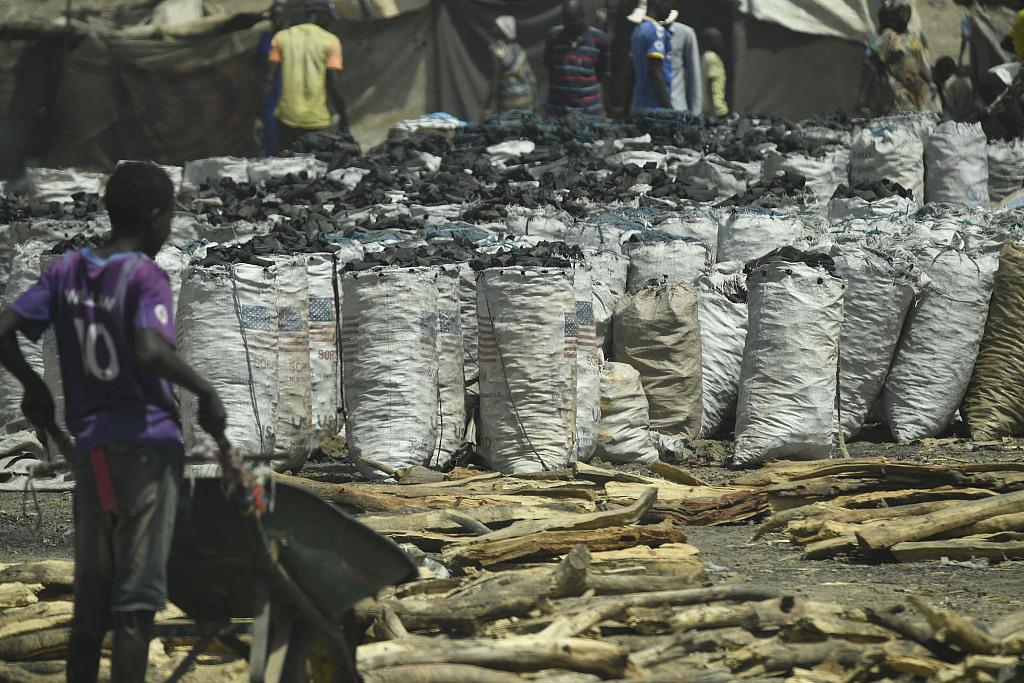
Building the Great Green Wall: Africa’s ambitious fight against desertification
In 2007, the African Union launched the Great Green Wall (GGW) initiative, an ambitious effort to restore 100 million hectares of degraded land, sequester 250 million tons of carbon, and create 10 million green jobs by 2030.
Effort has restored 20 million hectares of land
The GGW initially comprised 11 countries that signed up to the initiative across the entire width of Africa; Burkina Faso, Chad, Djibouti, Eritrea, Ethiopia, Gambia, Mali, Mauritania, Niger, Senegal and Sudan. Algeria, Benin, Cameroon, Cape Verde, Egypt, Ghana, Libya, Nigeria, Somalia, and Tunisia have since joined.
17 years later, the project has achieved a commendable portion of its objectives. About 20 million hectares of land were restored. Ethiopia and Senegal are two countries that recorded impressive results in their re-greening efforts.
The GGW is not a stretch of a single type of vegetation. Rather it is a mix of different species to strengthen the natural ecosystems and habitats. However, the vast majority of trees planted in individual countries are indigenous.
“You have baobab, moringa, and shea all within sort of the same landscape. All the different trees do different things to the landscape, they do different things to the health of the soil and they also provide different products,” Louise Baker, managing director of the Global Mechanism of the United Nations Convention to Combat Desertification (UNCCD), said.

A “mosaic of land uses”
Baker described the GGW as a “mosaic of land uses”, noting that it is not only about forests and vegetation.
“Some of it’s going to be trees, some of it’s going to be other types of greening, some of it’s going to be industrial, and some of it’s going to be urban-rural…it’s going to be settlements, and it’s getting those bits to work in harmony.”
There are several smaller programs organized by local communities and non-governmental organizations within the Great Green Wall region aimed at increasing and stabilizing the area’s food security.
One such program is the Sahel Integrated Resilience Programme by the World Food Programme (WFP). This plan combines sustainable land and natural resource management and ecosystem restoration activities to increase land productivity and farmer incomes while building resilience to increasing climate shocks and stressors.
According to the WFP, beneficiaries of the programme have largely maintained or improved their food security status in most countries over the years, despite various diverse shocks and stressors.
Aside from the restoration, at least 350,000 jobs have been created. Income-generating activities across 11 countries involved in the GGW initiative have brought in at least 90 million U.S. dollars.
Great Green Wall’s economic impact
According to Baker, the re-greening process of the initiative is geared towards creating spaces where people can survive and thrive, in addition to building the resilience of communities and ecosystems to climate change, land degradation, and drought.
An example of this is the Herou Alliance, a social enterprise in Mali founded by Rokiatou Traoré. The Herou Alliance engages women and young farmers by creating a sustainable moringa value chain in Mali. This is done through the production of moringa products for local consumption, and regional and international export.
Baker said that such remote areas needed to be developed and ushered into the modern era by emphasizing value addition, not just primary production, wherever possible to expand the diversity of existing communities.

“Not everyone wants to be a farmer and if you create the value chains from those special products that come from this area – moringa, baobab, shea, gum arabic – these are all coming from that part of the world. We can then create value chains that are uniquely African. And then, you don’t just need farmers, you need drone pilots, and people in marketing, and people to do websites, and people to do quality control, and you develop a whole business around it,” Baker said.
“It’s an opportunity for young people to see that community come back. It’s an opportunity, yes, to survive in view of climate change, but definitely to thrive if there’s enough vision and enough effort put behind it.”
There are other practical socio-economic benefits to local communities within the restored areas. One example is the coexistence of farming communities and pastoralists in certain areas because of increased water reliability. This means there is enough food and fodder to sustain both communities, particularly during dry seasons. Farming and pastoralist communities in the Sahel region frequently clash over issues of differing land use and access to water.
“Land, when you are a farmer, means food, and water are the basics for survival. The absolute basics for anyone, anywhere. And if you haven’t got enough land, if you haven’t got access to water, you will do two things: you will move or you will fight.”
Great Green Wall’s financial challenges
Even with this success, achieving the Great Green Wall’s targets by 2030 won’t be easy. Funding delays are the biggest challenge facing the initiative.
Baker says 14.3 billion U.S. dollars in new funding was pledged by international donors in 2021. Baker said these pledges were slowed down due to international finance processes. The fact that most of the money coming into the GGW initiative is from national budgets means the priorities of individual nations determine how much they can contribute and when.
“It takes the deal three years to get agreed with the ministries of finance in a country. Then, it, maybe, takes another year before it starts being implemented on the ground, and then it takes another few years before you see the results,” Baker said.
“Now, we are just really seeing the money start to really flow and come into the projects and programs. It will take a while before the kind of impact of that (funding) is actually seen.”

To complement the funding from international partners and other financial and economic aspects, Baker encouraged the private sector to invest in the GGW region and focus on its array of opportunities, rather than the perception of risk.
“The area of land is massive, the young population is massive. So, the potential is there if we can just get the private sector to think more boldly about that potential in the region. And that needs some work.”
Climate change impact
Climate change is another serious challenge, particularly with the Sahel region becoming hotter, drier, and more susceptible to extreme weather events. Ethiopia’s Tigray province is an area where the project was thriving before a prolonged drought severely cut the gains made.
“You saw the whole landscape bloom, and they had a drought. They had a seven-year drought. The landscape survived for the first five years. It held. It was healthy enough, productive enough to keep feeding people, to keep water circulating, to have all the cattle still alive…for five whole years. Sixth year and seventh year, the vegetation died back a bit.”
Baker also said that communities in the Great Green Wall region needed to develop energy independence to help conserve the environment and take advantage of the new green products being developed.

Most rural communities mainly use firewood for their energy needs, which results in deforestation and land degradation.
“There has to be a combination of off-grid and on-grid (energy solutions), and it has to give people a reason to move away from cutting down the trees. There are things that can be done technically to improve the sustainability but it is a big piece of work as well.”
Overall, Baker said there was a positive narrative on the ground and she was happy with the dynamism of the initiative, as well as the sense of direction it was taking. She added that the rate of implementation of projects in the last five years had accelerated despite the existing challenges and people needed to acknowledge that the process, though slow, was making progress.
“There is a sense of enthusiasm amongst people that this is having an impact, even if it’s not a wall. Actually, in people’s everyday lives, their crops are growing, they got more water, they are managing to have that little bit extra they can sell in the market because of the work that they’ve done.”






